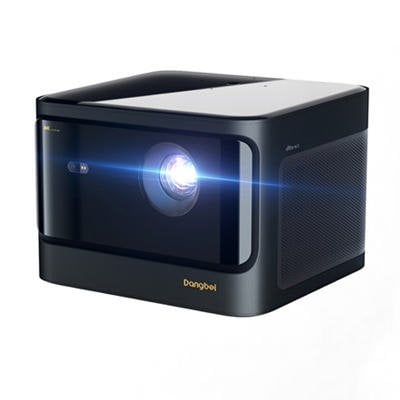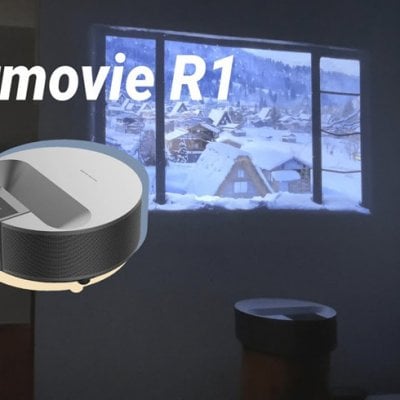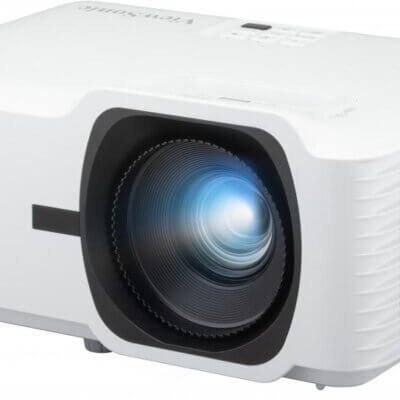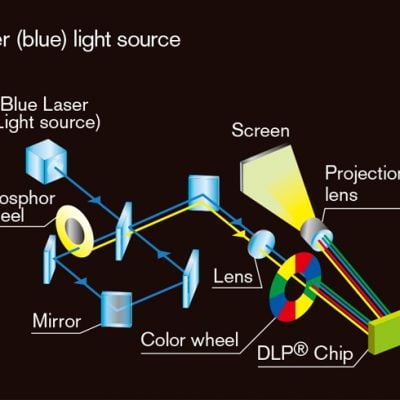Laser projectors have emerged as a cutting-edge technology, transforming the way we experience visuals. If you’ve ever wondered about the mechanics behind these sleek devices, you’re in the right place. In this article, we’ll unravel the secrets of how a laser projector works, shedding light on the science that brings your favorite content to life.
The Basics of Laser Projection: At its core, a laser projector utilizes laser light to create vivid and dynamic images on a screen or surface. Unlike traditional lamp-based projectors, which use bulbs to generate light, laser projectors employ lasers as their light source.
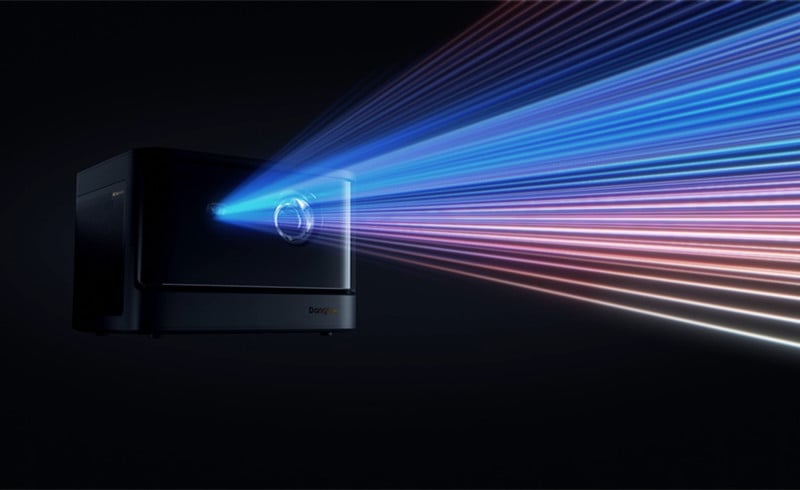
- Light Source: The laser projector’s light source consists of lasers that emit intense beams of light. These lasers cover the entire color spectrum, providing a broader range of colors compared to conventional projectors.
- Modulation: To form the image, the laser light undergoes a process called modulation. This involves adjusting the intensity of the laser beams based on the visual data being projected. The modulation is precisely controlled to reproduce the desired colors and contrasts with remarkable accuracy.
- Three-Chip or Single-Chip Design: Laser projectors may adopt either a three-chip or a single-chip design. In a three-chip design, individual chips process red, green, and blue light separately, resulting in richer and more nuanced colors. Single-chip projectors, on the other hand, employ a color wheel to combine the primary colors sequentially.
- DLP or LCoS Technology: Laser projectors often incorporate Digital Light Processing (DLP) or Liquid Crystal on Silicon (LCoS) technology. DLP leverages microscopic mirrors to reflect light, while LCoS utilizes liquid crystals on a reflective silicon surface. Both technologies contribute to sharper and clearer images.
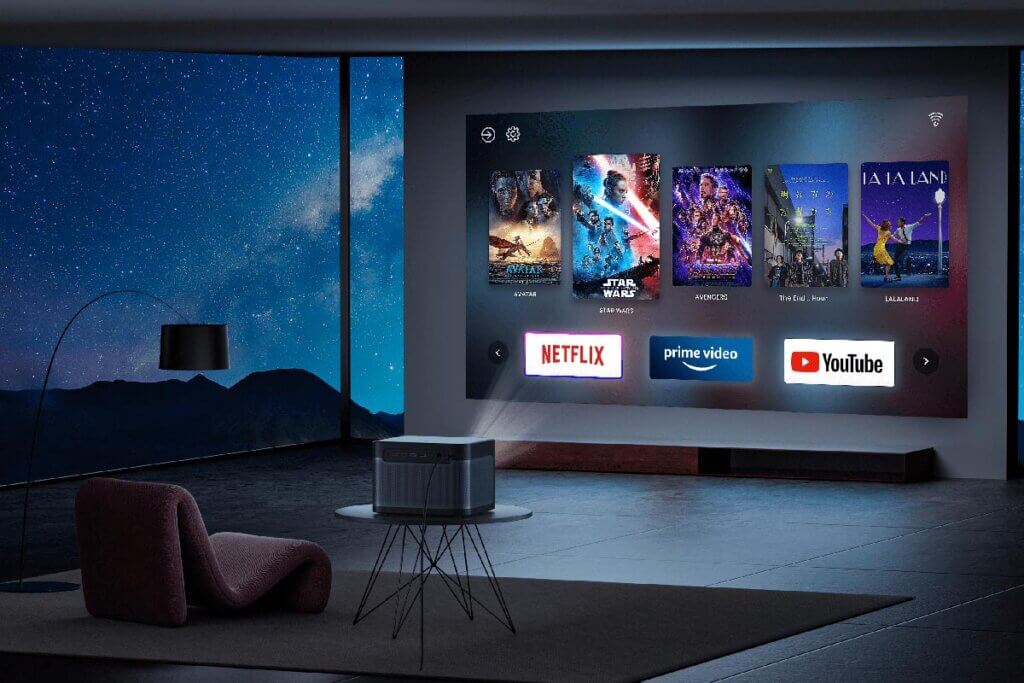
Advantages of Laser Projection: Laser projectors offer several advantages, including longer lifespan, consistent brightness over time, and improved color accuracy. Additionally, they boast faster response times, reducing motion blur and enhancing the viewing experience. One of the most representative is the Dangbei Mars laser projector. It uses ALPD laser technology with an output brightness of 2100 ISO lumens, providing users with high performance while enhancing the user experience.
Conclusion: In conclusion, the inner workings of a laser projector combine sophisticated technology and precision to deliver stunning visuals. From the modulation of laser light to the utilization of advanced projection technologies, laser projectors represent a leap forward in display innovation. As you explore the world of laser projection, keep these key elements in mind to appreciate the magic behind the captivating images on your screen.

